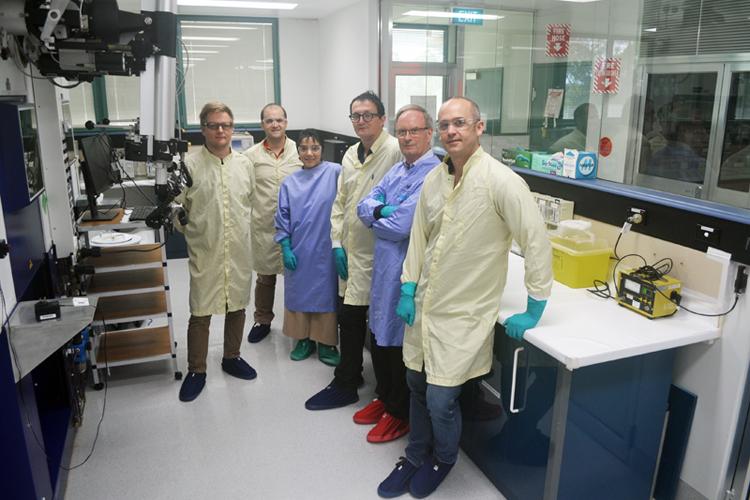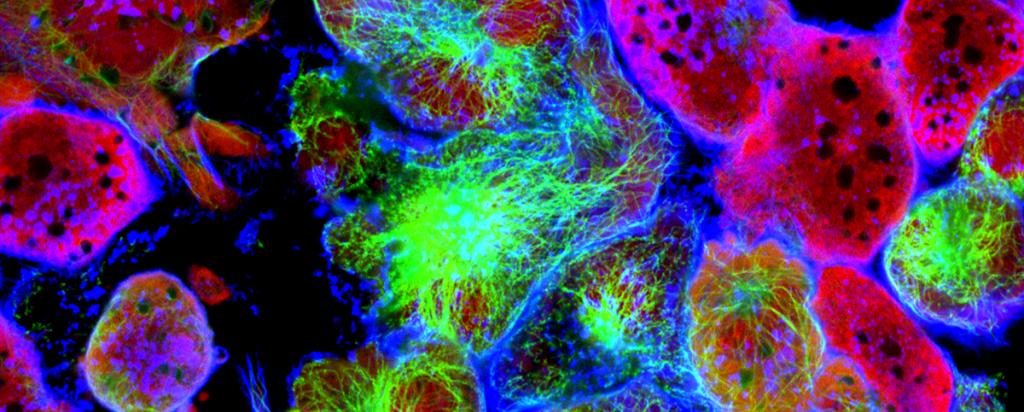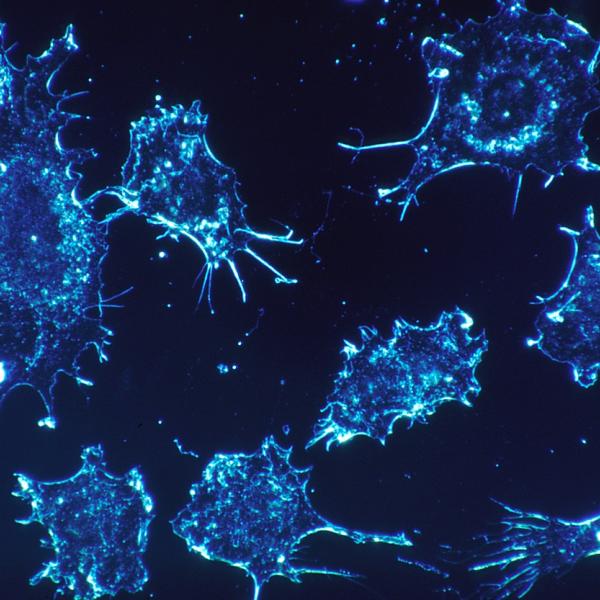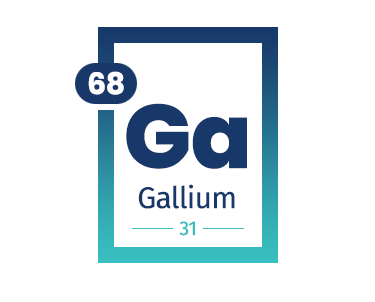

Published on the 2nd July 2019 by ANSTO Staff
ANSTO researchers are teaming up with the University of Sydney to develop innovative, personalised treatments for cancer.
Recently a group which is led by Prof Louis Rendina was awarded $80,000 in seed funding from the University of Sydney’s Drug Discovery Initiative.
The research will focus on the development and use of molecules of tumour-targeting triphenylphosphonium (TPP) units linked to metal chelators that are suitable for containing radioisotopes in theranostic applications.
A theranostic approach to cancer treatment involves the use of the same or very similar chemicals containing different radioisotopes; one radioisotope serves as the diagnostic and the second as the therapeutic.
The research will develop injectable diagnostic agents that accumulate in tumour cells, emitting radiation for detection using PET or SPECT medical imaging techniques. The approach enables diagnosis and treatment planning.
An analogous agent containing a therapeutic radionuclide would then be injected into the patient to deliver a therapeutic dose of radiation to the tumour.
The work at ANSTO is led by the team of Dr Mitra Safavi-Naeini, Dr Benjamain Fraser , Dr Nigel Lengkeek. Dr Ryan Middleton, Nicholas Howell and Naomi Wyatt who have a broad range of skills, experience and international collaborations in cancer research.
“The mitochondria are the powerhouses of cells, and it turns out damage to mitochondria can be very lethal to cells. This is why we are very hopeful that the TTP agent will be so effective in treating cancer,” said Safavi-Naeini.
“Our approach will allow flexibility in both the diagnostic and therapeutic radioisotopes incorporated into the TTP agent. We can then tailor a specific agent towards the desired treatment outcome. Diagnostic agents will be developed with PET radioisotopes such as gallium-68 and copper-64. For therapeutics we will focus on lutetium 177 or copper 67 analogues,” said Lengkeek.
In addition to this approach, the new TPP agent will also be investigated for use in Neutron Capture Enhanced Particle Therapy (NCEPT)
This new, hybrid cancer treatment technique developed by Safavi-Naeini, Fraser, Howell, Middleton, Wyatt and other scientists at ANSTO involves injecting a patient with a neutron capture agent shortly before irradiation with a proton or heavy ion beam.
The method boosts the radiation dose to target tumour cells without increasing the dose to healthy tissue and delivers a significant dose to secondary lesions outside the primary treatment area.
“We will be loading up the TTP agent with gadolinium-157 which has a very high ability to absorb neutrons a deliver a higher dose to tumours,” said Safavi-Naeini.
“This is very exciting work as no therapeutic agent based upon gadolinium-157 has ever been approved for Neutron Capture Therapy (NCT) in humans,” said Fraser.
“Our team is breaking into new territory and exploring new ways of treating cancer that may have enormous potential. We have already shown that these agents are very deadly to tumour cells under NCEPT conditions. Next, we hope to demonstrate that they can work in animal models. Once we have done that successfully we can push forward into human clinical trials,” said Safavi-Naeini.


